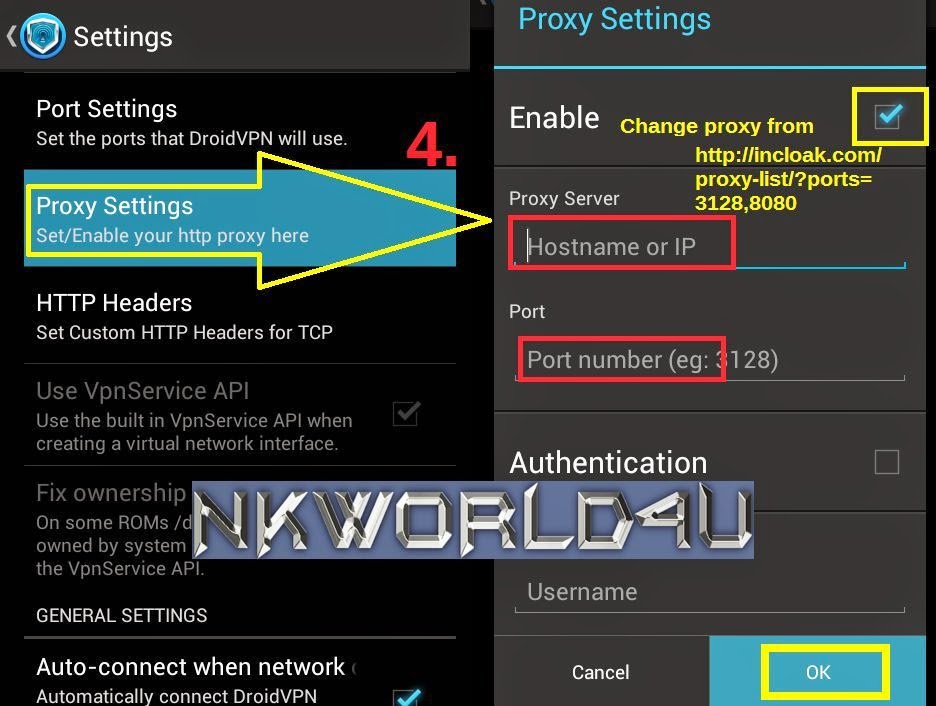

What’s more, you can specify a custom URL from where the tools grabs the information, start or stop the current process, and import a proxy list from a file or paste data from the Clipboard. The program manages to display the lists by downloading the information from. Gather Proxy gives users the possibility to select the type of data they want to grab, namely proxy server or socks list. You can copy it on any USB flash drive or other devices, and take it with you whenever you to need to generate proxy and socks lists on the breeze.Īlthough it comes bundled with many useful functions, it boasts a clean and straightforward layout.
FREE SOCKS5 PROXY LIST COPY PASTE PORTABLE
Since this is a portable program, it is important to mention that it doesn’t leave any traces in the Windows Registry.

If it is a proxy put in place by your company or someone else above you then i would discuss it with the network administrators.Gather Proxy is a lightweight Windows utility designed to help users gather information about proxy servers and socks. If you were the one to set up the connection then SOCKS proxy is an overkill when all you want to do is to connect to few hosts. This setup is not very performant and serves only as a proof-of-concept, if you decide to go this way you should find another method of forwarding ports over the proxy.įinally, in my personal opinion, if you can you should change the way you access your backend service.

After using that you should be able to just proxy_pass to localhost:8081 in NGINX. The -o argument adds a Prox圜ommand option which uses netcat to forward traffic over a SOCKS proxy (not all netcat versions support the -X and -x arguments, the one i am using is openbsd-netcat on Arch Linux). The -L argument creates port forwarding between your local 8081 port and port 80 (http) on backend host. If you have an ssh server running on your backend service host, you could set up a simple proof-of-concept like this: ssh \ Alternatively, maybe you could establish port forwarding to the backend service over the SOCKS proxy, and just proxy_pass to your local port. If you can't change the way you access your backend service, i would say your best bet is either using the module mentioned above and trying to fix it if it does not work or writing your own module. Last commit is from 2016 but it is possible it will still work. In another question you linked one of the answers references a third party nginx module which is also listed on the website (the list has no anchors, so CTRL + F for "SOCKS" and you will find it). It also does not seem to be a popular use case, so i would not expect support for it in NGINX core anytime soon. Unfortunately, using SOCKS proxies in NGINX does not seem to be supported by any of the core modules (listed here below 'Module reference'). This additional work cannot be performed using the ngx_http_proxy_module. In contrast, SOCKS proxies require implementation of the SOCKS proxy protocol and using it to wrap all the connections. What is important is that the entire process is very simple and there is no tunneling (aside from TLS when location is https) or wrapping in additional protocols. Other directives from the module (for example proxy_redirect) allow slight modifications to requests/responses. The proxy_pass directive allows you to tell NGINX to take whatever requests it receives at specific location and blindly send them to another HTTP server, wait for the response from said server and return the response to the client. This seems to be confirmed by the 'As a protocol, “http” or “https” can be specified.' note in proxy_pass documentation (no mention of SOCKS). To my knowledge, proxy_pass, proxy_redirect and other functionality in the ngx_http_proxy_module is meant to act as a HTTP/HTTPS proxy only.


 0 kommentar(er)
0 kommentar(er)
